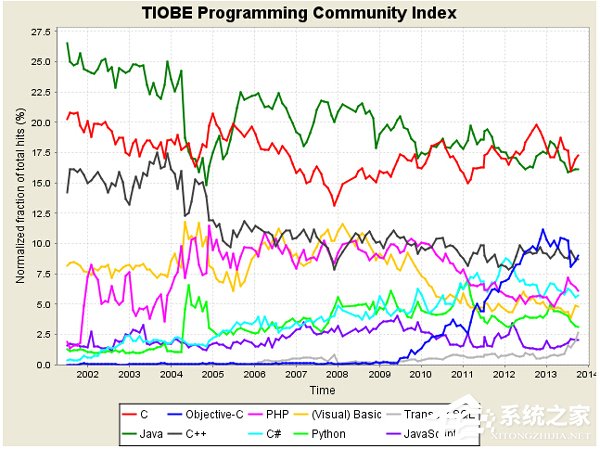淺談Vue 函數式組件的使用技巧
什么是函數式組件
沒有管理任何狀態,也沒有監聽任何傳遞給它的狀態,也沒有生命周期方法,它只是一個接受一些 prop 的函數。簡單來說是 一個無狀態和無實例的組件
基本寫法:
Vue.component(’my-component’, { functional: true, // Props 是可選的 props: { // ... }, // 為了彌補缺少的實例 // 提供第二個參數作為上下文 render: function(createElement, context) { // ... }})
.vue 單文件組件寫法
<template functional> ...</template>
因為函數式組件沒有 this,參數就是靠 context 來傳遞的了,有如下字段的對象:
props:提供所有 prop 的對象 children:VNode 子節點的數組 slots:一個函數,返回了包含所有插槽的對象 scopedSlots:(2.6.0+) 一個暴露傳入的作用域插槽的對象。也以函數形式暴露普通插槽。 data:傳遞給組件的整個數據對象,作為 createElement 的第二個參數傳入組件 parent:對父組件的引用 listeners:(2.3.0+) 一個包含了所有父組件為當前組件注冊的事件監聽器的對象。這是 data.on 的一個別名。 injections:(2.3.0+) 如果使用了 inject 選項,則該對象包含了應當被注入的 property。使用技巧
以下總結、都是基于使用 <template> 標簽開發函數式組件中遇到的問題
attr 與 listener 使用
平時我們在開發組件時,傳遞 prop 屬性以及事件等操作,都會使用v-bind='$attrs'和 v-on='$listeners'。而在函數式組件的寫法有所不同,attrs屬性集成在 data中。
<template functional> <div v-bind='data.attrs' v-on='listeners'> <h1>{{ props.title }}</h1> </div></template>
class 與 style 綁定
在引入函數式組件、直接綁定外層的class類名和style樣式是無效的。data.class 表示動態綁定class, data.staticClass 則表示綁定靜態class, data.staticClass 則是綁定內聯樣式TitleView.vue
<template functional> <div : :style='data.staticStyle'> <h1>{{ props.title }}</h1> </div></template>
Test.vue
<template> <title-view : /></template>
component 組件引入
函數式組件引入其他組件方式如下,具體參考:github.com/vuejs/vue/i…
<template functional> <div class='tv-button-cell'> <component :is='injections.components.TvButton' type='info' /> {{ props.title }} </component> </div></template><script>import TvButton from ’../TvButton’export default { inject: { components: { default: { TvButton } } }}</script>
$options 計算屬性
有時候需要修改prop數據源, 使用 Vue 提供的 $options 屬性,可以訪問這個特殊的方法。
<template functional> <div v-bind='data.attrs' v-on='listeners'> <h1>{{ $options.upadteName(props.title) }}</h1> </div></template><script> export default { updateName(val) { return ’hello’ + val } }</script>
總結
雖然速度和性能方面是函數式組件的優勢、但不等于就可以濫用,所以還需要根據實際情況選擇和權衡。比如在一些展示組件。例如, buttons, tags, cards,或者頁面是靜態文本,就很適合使用函數式組件。
到此這篇關于淺談Vue 函數式組件的使用技巧的文章就介紹到這了,更多相關Vue 函數式組件內容請搜索好吧啦網以前的文章或繼續瀏覽下面的相關文章希望大家以后多多支持好吧啦網!
相關文章:

 網公網安備
網公網安備